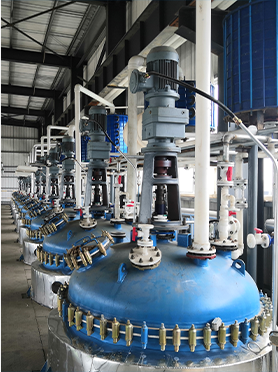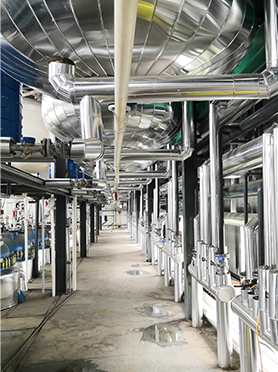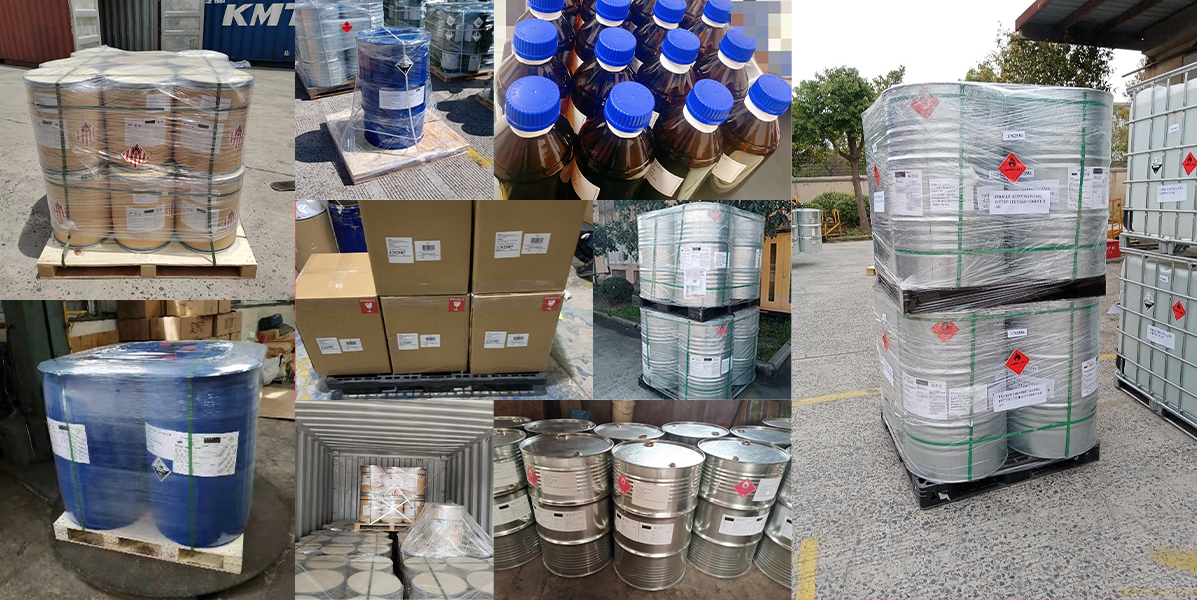Textile printing demands precise control over the viscosity and flow behavior of printing pastes to achieve sharp, consistent, and vibrant designs. Hydroxypropyl Methyl Cellulose (HPMC) is a highly effective additive in this regard, acting as a primary thickener and rheology modifier for textile printing inks. As a specialized supplier of textile auxiliaries, we offer premium HPMC that helps printers achieve superior results. For those looking to buy HPMC for textile applications, understanding its contribution to paste formulation is key.
HPMC's primary function in textile printing pastes is to provide the optimal viscosity needed for different printing techniques, such as screen printing and roller printing. A well-formulated paste ensures that the ink is effectively transferred to the fabric, leading to sharp print definition and preventing issues like color bleeding or loss of fine details. The pseudoplastic nature of HPMC solutions means that the viscosity decreases under shear stress during application, allowing for smooth transfer, and then quickly recovers when the stress is removed, preventing dripping and ensuring clean edges.
The choice of HPMC grade is crucial for achieving the desired rheological properties. Different viscosities and substitution levels can be selected to tailor the printing paste for specific fabric types, printing methods, and desired effects. Our company, as a dedicated HPMC manufacturer, can provide technical guidance to help you select the most suitable HPMC for your unique textile printing needs. We ensure that our products offer excellent compatibility with common dyes and pigments used in the industry.
By using HPMC in your textile printing formulations, you can significantly improve color consistency, print clarity, and overall efficiency. It contributes to a better hand feel of the printed fabric by minimizing stiffness. For textile printers seeking to elevate the quality of their work and streamline their processes, partnering with a reliable HPMC supplier is essential. We invite you to contact us to receive a quote and samples, and discover how our HPMC can enhance your textile printing operations.
Manufacturing Facilities






Professional Export Experience
to Global Customers

1. 20 years of R&D, manufacturing and sales experience, serving customers in 60 countries and regions around the world;
2. Own R&D laboratory, pilot platform and large-scale production workshop, which can meet the audit requirements of global customers;
3. We can satisfy customers' perfect transition from small scale lab requirements (gram level) to commercialization requirements (hundred tons level).
A: We don't have Minimum Order Quantity, exact quantity should be provided before quotation for us to calculate the exact cost.
A: We don't provide free samples due to lots of request and expensive international courier's cost, we can deduct the sample charge after commercial order placed.
A: Our payment terms: Small or sample order: T/T IN ADVANCE. Commercial order: First order should be by T/T IN ADVANCE or L/C at sight, and following orders T/T 30~90days is acceptable subject to approval of credit application.